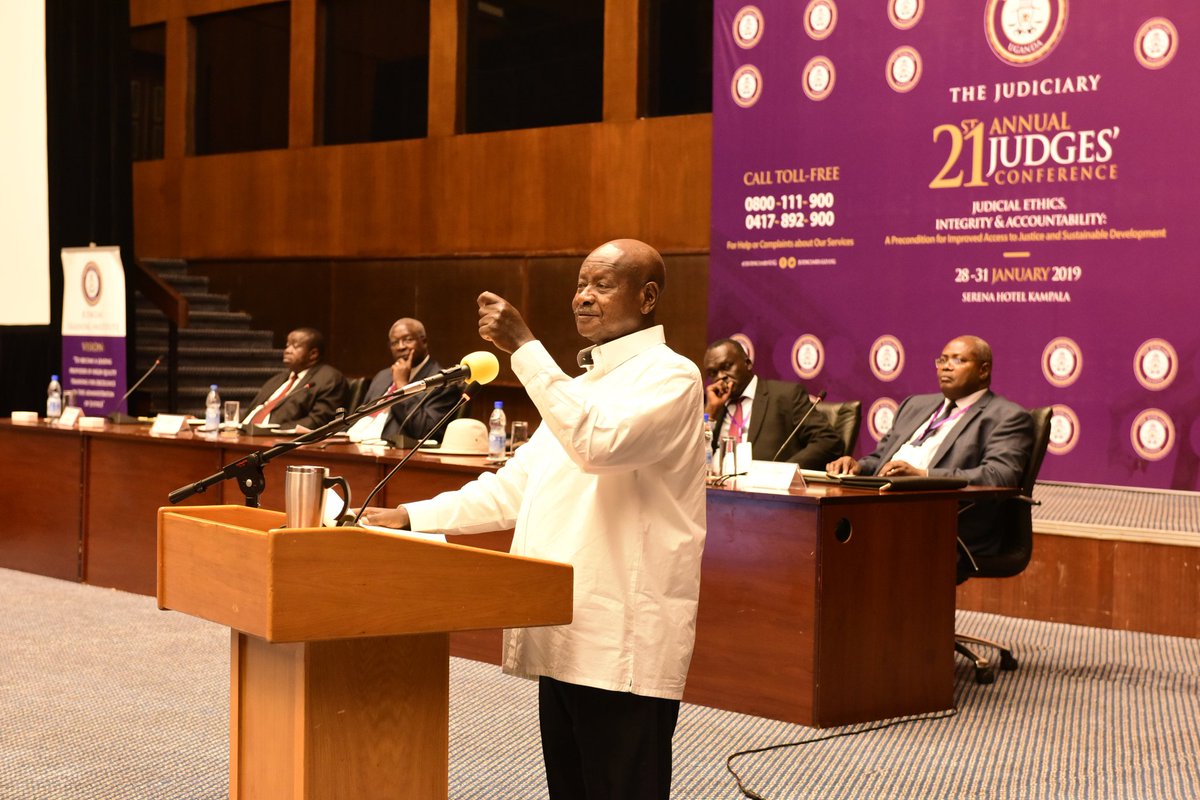There are fears that Uganda may be forced to extend its first oil time if the financing of the East African Crude Oil Pipeline is not concluded this year. The Ministry of Energy and the joint venture partners had planned to have the first oil by 2025.
But as the clock clicks towards 2025, some observers fear that it is unlikely that the pipeline and the refinery will be constructed within the short time remaining.
The Standard Bank Group is one of the financing partners of the pipeline project. The group’s Regional Head of Research for East Africa, Jibran Qureishi thinks the realistic date could be in 2026, but that even for the country to achieve this target, the financing for the EACOP should be secured not later than this.
The financing processes for the EACOP have faced resistance from NGOs in Uganda, Africa, and abroad, with the groups claiming human rights violations and environmental destruction.
The crusaders are now specifically targeting Standard Bank Group and Japan’s Sumitomo Mitsui Banking Corporation (SMBC), which, alongside the Industrial and Commercial Bank of China (ICBC), have indicated a willingness to finance EACOP.
The Permanent Secretary at the Ministry of Energy and Mineral Development Irene Batebe says considering that all the necessary infrastructure projects are being developed the target will be achieved.
Drilling of oil wells commenced in January in the Kingfisher area managed by CNOOC Uganda Ltd, while TotalEnergies is readying the drilling rigs to commence spudding in its Tilenga area this half.
Batebe told a global markets economic forum in Kampala on Thursday that with all projects approved and the final investment decision for the refinery coming soon, all infrastructure will be ready by then.
Following the agreement between Uganda and Tanzania on the route in 2016, construction was scheduled to commence in August of the same year, but after a meeting between the two countries’ delegations in Hoima, it was pushed to January 2017, with plans to complete it after three years.
At that time, Tanzania’s then-President John Magufuli said the works could be completed in 18 months after commencement.
However, the Host Government Agreement (detailing the rights and obligations of each country) was to be signed in September 2020.
Later in the same year, President Yoweri Museveni and his counterpart Magufuli met in Chato, Tanzania where they agreed to jointly construct the pipeline.
In April 2021, Museveni and Tanzania’s new President Samia Suluhu Hassan and the oil companies involved signed agreements at Entebbe giving a go-ahead for the construction to begin in June and end by 2025.
However, the final investment decision was only signed in February 2022 in Kampala, and in July, EACOP company applied for the construction license, which was granted and handed over in January 2023 by the Ministry of Energy and Mineral Development.
On June 30th 2022, the company applied to the Tanzanian authorities for a construction license in the country.
“This marks another step forward for EACOP as it allows the commencement of our construction activities in Uganda upon completion of the ongoing land access process. We are grateful to the government of Uganda for the expedited delivery of the application as per the commitment in the Host Government Agreement (HGA) and the continuous support for the implementation of the EACOP project,” said Martin Tiffen on receiving the license.
On February 21, 2023, Tanzania’s Energy and Water Utilities Regulatory Authority (EWURA) approved the project works “upon completion of the ongoing land processes.”
EACOP is planned to be the world’s longest heated and buried oil pipeline over 1,443 kilometers from Hoima in Western Uganda to Tanga on the Indian Ocean coast of Tanzania. With two years to go, there are questions about whether this project will be completed.
Dr. Fred Muhumuza an economics lecturer says this would mean that for every one day, the works will complete at least two kilometers; excavating laying pipes, and burying the pipes, which he thinks is not practically possible.
Batebe explained that the pipeline works will be handled by several contractors, with the main construction works being undertaken concurrently from both Hoima and Tanga.
Other associated construction works on the pipeline will include two pumping stations in Uganda and four in Tanzania, aimed at enhancing the flow of the crude in the pipe. A 20-megawatt power station from both the national grid and power from the upstream projects in Uganda and a 60-MW solar station in Tanzania.
There will also be two pressure-reducing stations in Tanzania as well as two storage facilities of 1 million barons each at Tanga.
–URN





